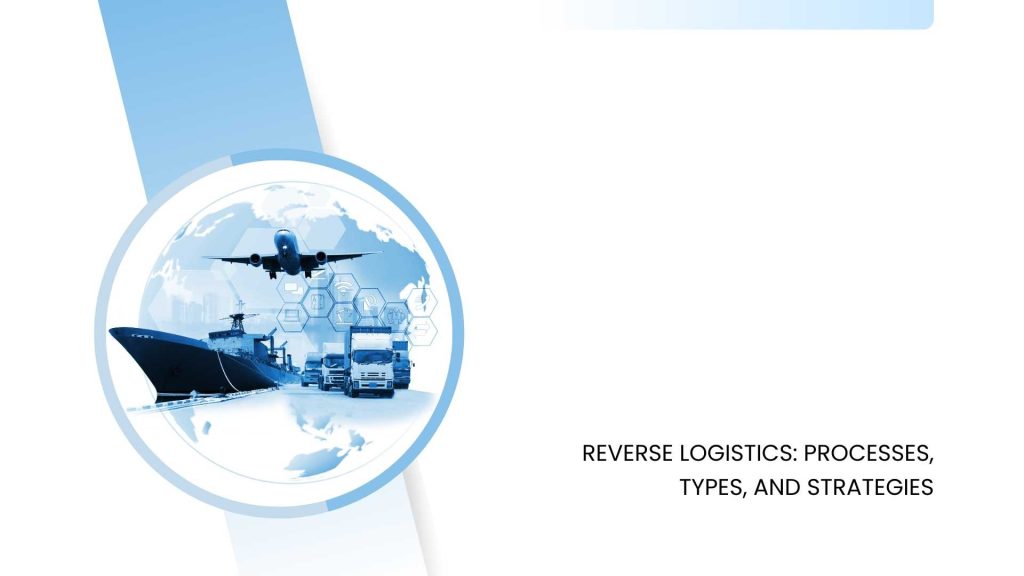Reverse logistics manages the flow of products from their final destination to the manufacturer or point of origin. It involves handling returned, unsold, or defective products.
Reverse logistics aims to optimize the value recovery from returned products, reduce waste, and contribute to a more sustainable and cost-effective supply chain. In essence, reverse logistics is a critical aspect of modern supply chain management, addressing the complexities associated with product returns and creating a circular flow of materials in the business ecosystem.
Reverse Logistics Categories
Consumer Returns:
Dealing with products returned by consumers is a common challenge for retailers and e-commerce businesses. Efficiently managing consumer returns involves processes to inspect, evaluate, and determine the appropriate disposition of the returned items.
Business Returns:
Businesses also engage in the reverse logistics process, returning products to suppliers or manufacturers. It can happen due to overstock situations, defective products, or changes in demand. Effective handling of business returns is crucial for maintaining strong relationships within the supply chain.
Reverse Logistics Processes
Returns Management:
Streamlining the returns process involves:
- Setting up efficient systems for customers to return products.
- Inspecting returned items.
- Determining their disposition—whether they are suitable for resale, refurbishment, or disposal.
Remanufacturing and Refurbishment:
Extending the life of returned products through remanufacturing or refurbishment reduces waste and contributes to sustainability. This process involves repairing and restoring products to a like-new condition.
Packaging Management:
Reverse logistics includes managing the packaging of returned products, ensuring that it is eco-friendly and cost-effective. Efficient packaging management is vital for minimizing environmental impact and reducing costs associated with return shipments.
Handling Unsold Products:
Managing products that did not sell involves finding the most cost-effective and environmentally friendly way to handle these items. It might include redistributing them, discounting, or donating.
Managing Failures, Rentals, and Maintenance:
Addressing product failures, managing rental returns, and handling maintenance-related returns are critical aspects of reverse operations. It ensures that defective products are properly addressed, rented items are efficiently managed, and seamless maintenance-related returns are processed.
ERP Systems and Reverse Logistics:
Data Management:
Implementing ERP systems for reverse operations involves effective data management. It includes tracking and analyzing data related to returned products, helping businesses make informed decisions.
Warehouse Management:
ERP systems streamline warehouse operations by efficiently managing returned inventory. It involves organizing returned items, optimizing storage, and facilitating the flow of products through reverse operations.
Inventory Management:
Proper inventory management within an ERP system ensures that returned products are accurately tracked and stock levels are updated in real time. It is crucial for preventing overstock situations and ensuring the availability of refurbished or remanufactured products.
Supply Management:
ERP systems contribute to effective supply chain management by automating and optimizing returns-related processes. It includes coordinating with suppliers for reverse logistics processes and ensuring a smooth flow of materials.
Transportation Management:
Efficient transportation management within ERP systems helps optimize the movement of returned products. It includes selecting the most cost-effective transportation methods and routes for returned items.
Collaboration Tools:
Collaboration tools within ERP systems enhance communication and coordination among stakeholders in reverse logistics. It guarantees that all parties involved are well-informed and can cooperate seamlessly.
Business Intelligence and Risk Management Tools:
Utilizing business intelligence tools helps analyze data related to reverse logistics, identify trends, and make strategic decisions. Additionally, integrating risk management tools within ERP systems helps businesses anticipate and mitigate potential challenges in the reverse operations process.
Conclusion:
Acumatica, a robust ERP system, significantly enhances reverse logistics by providing a comprehensive platform for streamlined data management, efficient warehouse operations, and real-time inventory tracking. With its integrated modules for supply chain management, Acumatica empowers businesses to optimize processes, reduce costs, and make informed decisions, thereby elevating the effectiveness of reverse logistics strategies.

Vijay comes with a vast experience in ERP and enterprise solutions space with about 20 years of experience in various packaged application like Acumatica, SAP, Orion, Salesforce.com, SugarCRM and, SalesLogix.

